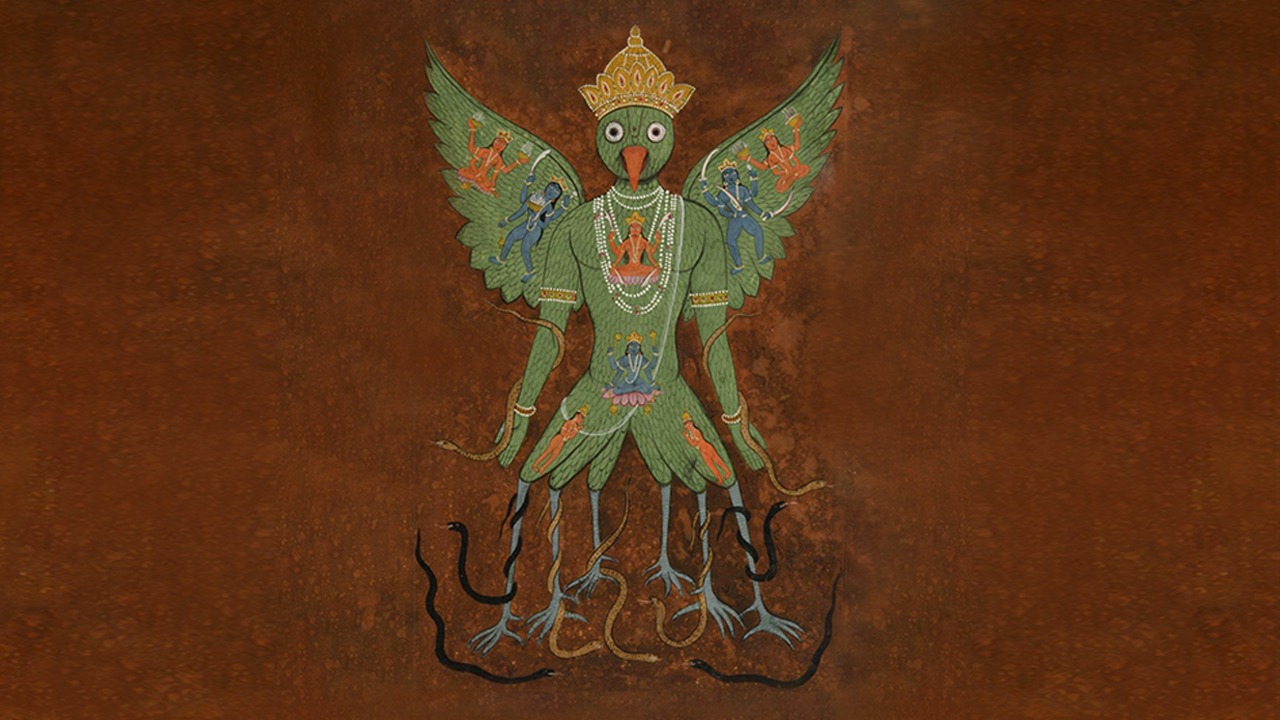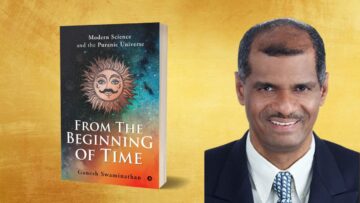We invite scholars and researchers to submit abstracts for the upcoming Thirtha Yatra and Conference on Tantra and Tantric Traditions, held on August 25-27th, 2023, in Bhubaneswar, Odisha.
This conference is curated by Dr. Nagraj Paturi, Senior Director of INDICA.
Background:
Tantra is a broad term used to encompass various spiritual doctrines and practices within Hinduism that are prevalent in India, Nepal, and other South Asian countries. In recent times, Tantra has spread beyond these regions and its numerous traditions, collectively known as Tantric traditions, can be found in various parts of the world.
Tantra is commonly associated with the worship of the divine feminine, also known as the Devi or Shakti. For this reason, the Shaakta or Shaakteya tradition is often what people refer to when they use the term Tantra. In essence, the various traditions of Shakti worship are collectively known as Tantric traditions.
Another commonly held perspective on Tantra is through the lens of a triad of keywords and the concepts that they represent: Mantra, Yantra, and Tantra. In this context, Tantra refers to the practical execution of a procedure that involves external actions such as body and hand movements and offerings of materials such as flowers, oil lamps, and fragrances. This practice is intertwined with internal practices like deep meditation, aided by two-dimensional mystical drawings known as Yantras and their three-dimensional representations, and the recitation of mystical syllabic sequences known as Mantras.
It is worth noting that the doctrinal material associated with the Shaakta or Shaakteya tradition is commonly known as Kashmir Shaivism. In this context, the term Shaivism is derived from Shiva. Both Shiva and Shakti are essential concepts within Kashmir Shaivism, which has become synonymous with Tantra. As such, the most prevalent tradition of Tantra is considered to be both Shaiva and Shaakteya.
Tantra can be classified into two styles of practice: Vaama (left) and Dakshina (right). Vaama, or the left-hand practice, typically involves ‘transgressive’ and ‘violent’ practices, while Dakshina, or the right-hand practice, typically involves ‘legitimate’ and ‘non-violent’ methods. The right-hand practice is also called Samaya aachaara, which translates as the ‘practice of accepted convention’.
Tantra also exhibits regional variations, such as the ‘Eastern’ tradition prevalent in Bengal and Odisha, the ‘Kerala Tantra’ predominant in the South Indian state of Kerala, and the ‘Sri Vidya’ tradition more prevalent in non-Kerala South Indian states. In Eastern India, there are several traditions, such as the ‘Baul’ and the ‘Sahajiya Vaishnava’ traditions, which have a strong influence on Tantra on them.
Tantra is an inward practice that is closely connected to Yoga. Tantric Yoga is often distinguished by the involvement of the human body’s inward experiential components, such as Kundalini and Shat chakras, which facilitate access, harnessing, and immersion in the tantric or tantra-instructed inner reality. In contemporary times, Tantric Yoga is often referred to as Kundalini Yoga. The Naatha tradition is one of the Yoga traditions closely connected to Tantric Yoga and shares many commonalities. It is worth noting that the term Tantra is occasionally used in reference to Vaishnava Agamas, such as Paancha Raatra, although this is relatively rare.
The conference would like to focus on all these different aspects of Tantra.
History, Origins, and Developments:
The origins of Tantra are traced back to the Vedas and Vaidika sources by those who view it as a Vedic tradition. The concept of Devi or Shakti as a divine feminine view of the ultimate supreme cosmic essence can also be traced back to the Vedas and Vaidika sources, which include the view of Speech as Devi, the divine feminine, and the view of the ultimate supreme cosmic essence as Speech or Sound in the Vedas and Upanishads. The development of this idea into Shabda Brahman, a linguistic view of reality, in the Sphota Darshana or Vyakarana Darshana as articulated in Bhartrihari’s Vakyapadiyam, has also contributed to what is now known as Kashmir Shaivism.
Shaiva Tantra is also known as Mantra Maarga, while the Shaiva Siddhanta tradition is considered the oldest of the Shaiva Tantra. Some trace the origins of Tantra, particularly the Vaama or the left-hand strand, to the Paashupata and other ancient strands of Shaivism, as well as to the Goddess and Nature worship traditions in the Jaanapada or folk and Vanavasi or forest-dwelling cultures. Tantra has influenced various Indic traditions, including the Bauddha tradition. Over time, Tantra has undergone numerous transformations and has given rise to many new branches and forms.
The conference will focus on all such historical aspects of Tantra.
Tantric Lifestyle and Tantric Rituals and Culture:
Followers and practitioners of Tantra may adopt different lifestyles, which could involve either a householder or ascetic life or even permanent or temporary transgenderism. Additionally, they may follow long lineages of Guru Sishya paramparaa, participate in elaborate and strict procedures of deekshaa or initiation into a strict vow, and engage in daily and calendrical rituals that may include external worship practices or inward experiential practices
The conference will focus on all such aspects of Tantra practice.
Fine and Performing Arts, Employed in and Inspired by Tantra:
Tantra is renowned for its use of mystic, esoteric, and powerfully evocative graphic and plastic art forms or static visual representations, integral to its doctrinal communication and outward and inward spiritual practice. Yantras, in particular, play a significant role in this aspect. Tantra has inspired numerous ancient and contemporary paintings, ancient temple sculptures, and recent sculptural experiments.
These aspects of fine and performing arts, employed in and inspired by Tantra, will also be the conference’s focus.
Tantric Texts, Doctrines, and Theoretical Applications:
From the Shiva Sutras of Vasugupta and the Spanda Karikas of either Vasu Gupta or Bhatta Kallata to Somananda’s Shiva Drishti and UtpalaDeva’s Iswara Pratyabhijnaakaarikaa, the different works of Abhinavagupta like Tantraaloka and Tantrasaara, as well as the more ancient Vijnana Bhairava Tantra, there have been numerous textual and doctrinal developments in Tantra.
These include the interaction between Shaiva Aagama Tantra texts and their doctrines, the Kashmira Shaiva Tantra texts and their doctrines, Abhinavagupta’s synthesis and application of Tantra ideas to Alankara Shastra, Natya Shastra, and other arts, as well as the textual and doctrinal developments in Kerala Tantra, Sri Vidya, and other traditions, and their interaction with and indebtedness to the older Shaiva and Kashmira Shiva texts and the ideas contained therein.
The conference will also focus on the interaction of Kashmir Shaivism, Sri Vidya, and other traditions with Shankara Advaita, Sahajiya Vaishnava, Gaudiya Vaishnava, and other Indic traditions.
Tantra in Contemporary Times:
Tantra gained renewed attention alongside European interest in India and its culture, particularly during British rule. Prominent figures, such as John Woodroffe (Arthur Avalon), delved into the practice of Tantra and wrote extensively about it. As a result, many Western authors entered the field of Tantric Studies, a new subfield of Indological studies. Numerous famous and scholarly writings on both the left and right styles of Tantra were published from both an exoticist journalistic perspective and a realistic study perspective.
Psychologists like C.G. Jung and Religious Studies professors like Mircea Eliade also explored the ideas of Tantra in their respective fields, which strongly influenced contemporary Western academic Mind Sciences and Culture Studies.
Additionally, Tantra has found many new applications in healing, therapy, personal growth, and addressing social and cultural issues.
The conference will focus on these and other contemporary developments related to Tantra.
Abstracts may be sent by 30th June, and Final Papers by August 15th.
Correspondence may be addressed to namaste@indica.org.in with the conference’s title in the subject line.






